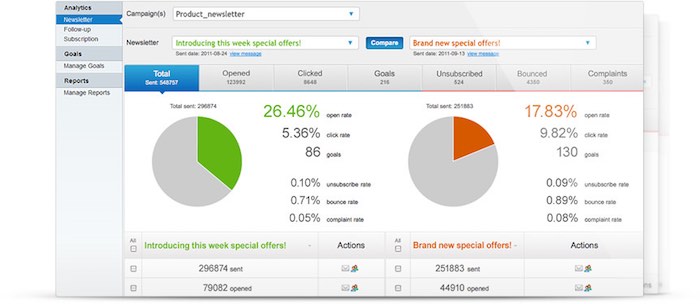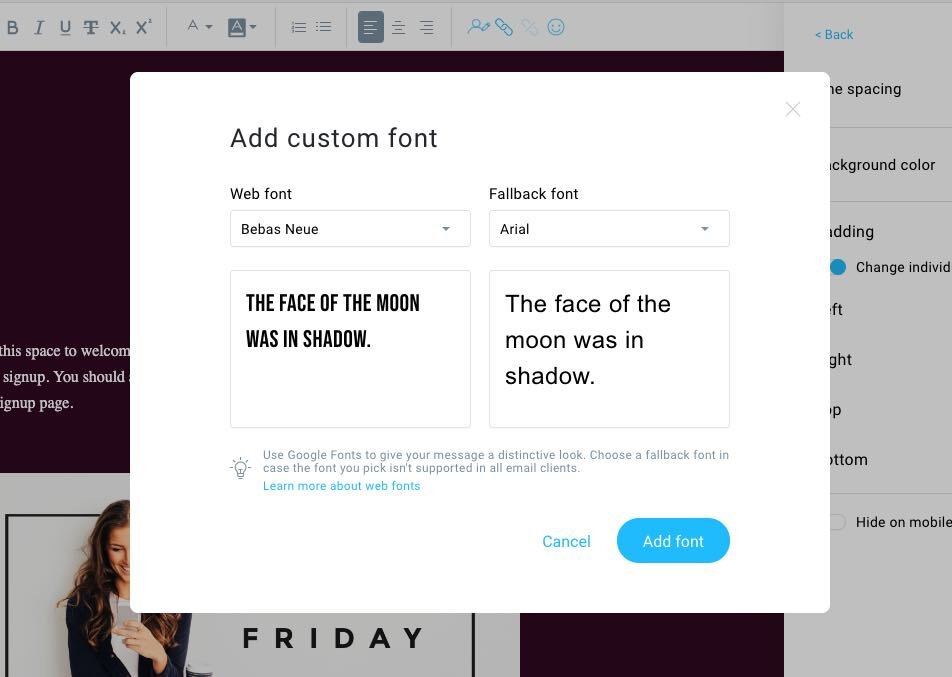
Key differences between plans
All the Getresponse plans cover the email marketing basics you might expect — core features include:
I’ll discuss all these features in more depth as I progress through the review.
How does Getresponse pricing compare to that of its competitors?
The above figures are based on entry level plans for the purposes of the comparison).
Some other things to be aware of on the competitor pricing front:
So the bottom line is that Getresponse is pretty competitive in the pricing department.
Webinars
Getresponse recently introduced the ability to host webinars on the platform.
A couple of Getresponse webinar features worth flagging up as being particularly useful are:
Let’s look at another feature now that is also pretty unique to Getresponse: “conversion funnels.”









Comments
Post a Comment